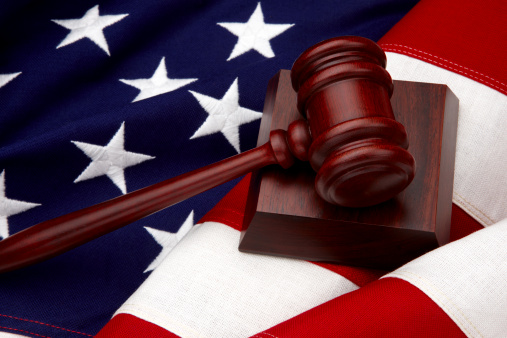 The Clean Power Plan is a contender for the title of most controversial environmental rule promulgated in the history of the U.S. The rule has prompted more than half of the states in the country to file petitions challenging its adoption and, therefore, has caused many of the remaining states to intervene in its defense.
The Clean Power Plan is a contender for the title of most controversial environmental rule promulgated in the history of the U.S. The rule has prompted more than half of the states in the country to file petitions challenging its adoption and, therefore, has caused many of the remaining states to intervene in its defense.
Beyond the states, the vast majority of energy interests in the U.S., as well as major municipalities and non-governmental organizations, have all entered the fray either in opposition or in support of the rule. Given the extraordinarily divisive nature of this rule, the litigation is almost certain to reach the U.S. Supreme Court.
This titanic battle should lead even the most casual of observers to ask: What is the plan all about?
The short answer is that the Clean Power Plan is designed to transition the nation’s energy profile away from fossil fuel generation. Technically, it is a rule adopted by the U.S. Environmental Protection Agency under the Clean Air Act. The rule sets emission rate reductions for carbon dioxide (the most prevalent greenhouse gas) for each state in the country, with the ultimate compliance deadline set for 2030. States are to then develop plans for achieving the rate reductions either by reducing the carbon intensity of existing fossil fuel generation through improved performance or by transitioning to lower-emitting and zero-emitting energy generating facilities (such as natural gas and renewables).
In concept, using regulation to change our nation’s energy portfolio is not a new idea. Over 30 years ago, then-President Jimmy Carter addressed the nation on energy policy and explained, “We will use our regulatory authority to hasten the shift from oil and gas to coal, to wind and solar power, to geothermal, methane, and other energy sources.”
Fast forward to today, and with tax credits that support renewable energy development set to expire at the end of 2016, much of the focus is now on whether “regulatory authority” can be properly used to “hasten the shift” to alternative energy sources.
Enter the Clean Power Plan.
The litigation over the Clean Power Plan is in the U.S. Court of Appeals for the District of Columbia Circuit. Under the Clean Air Act, a petition to review a rule such as the Clean Power Plan that has “nationwide scope or effect” is automatically directed to the D.C. Circuit. Currently, the petitions challenging the rule and accompanying motions to “stay” the effect of the rule are pending further briefing by all of the parties and will not be resolved until next year at the earliest.
The challenges to the merits of the Clean Power Plan can be distilled down to two primary arguments. The first argument is that the Clean Power Plan improperly requires a substitution of energy sources (i.e., changing from fossil fuel to renewable energy). The states argue that this far exceeds the authority granted to the EPA by the Clean Air Act.
In particular, the Clean Air Act authorizes the EPA to adopt a “standard of performance” reflecting “the degree of emission limitation achievable through the application of the best system of emission reduction.” The challenging states argue that the “substitution” of energy sources is not a statutorily authorized standard of “performance,” such as “improved design and operational advances.” To bolster this argument, the challenging states further assert that the EPA’s interpretation of the Clean Air Act is not entitled to deference in the field of regulating the electrical grid, as that has traditionally been reserved for the states and, to a limited extent, the Federal Energy Regulatory Commission.
The second argument is that the Clean Air Act precludes the EPA from regulating existing stationary sources under the section invoked for the Clean Power Plan. For the Clean Power Plan, the EPA has invoked Clean Air Act Section 111(d), but that provision states that standards of performance shall be established for existing sources for any air pollutant that is not emitted from a source category regulated under Section 112. The states argue that existing power plants are already regulated under Section 112, and thus, the Clean Power Plan is not authorized and amounts to double regulation. The anticipated response from the EPA is that the prohibition applies only to the specific “pollutants” regulated under Section 112; it is not a blanket prohibition shielding the “sources” from further regulation of pollutants that are not encompassed under Section 112.
The challenging states have requested that arguments on their motions to stay the Clean Power Plan be scheduled for spring 2016. They have further cautioned that if no stay is granted, this rule “will impose immense sovereign and financial harms upon the states on a scale exceeding any environmental regulations the states have ever faced.”
One has to ask whether the courts are equipped to wrestle with these high-stakes issues of national energy policy. However, with congressional action virtually impossible as the next election nears, the impending litigation battle over the Clean Power Plan will be the main event.
William Sloan is partner at law firm Morrison & Foerster.



